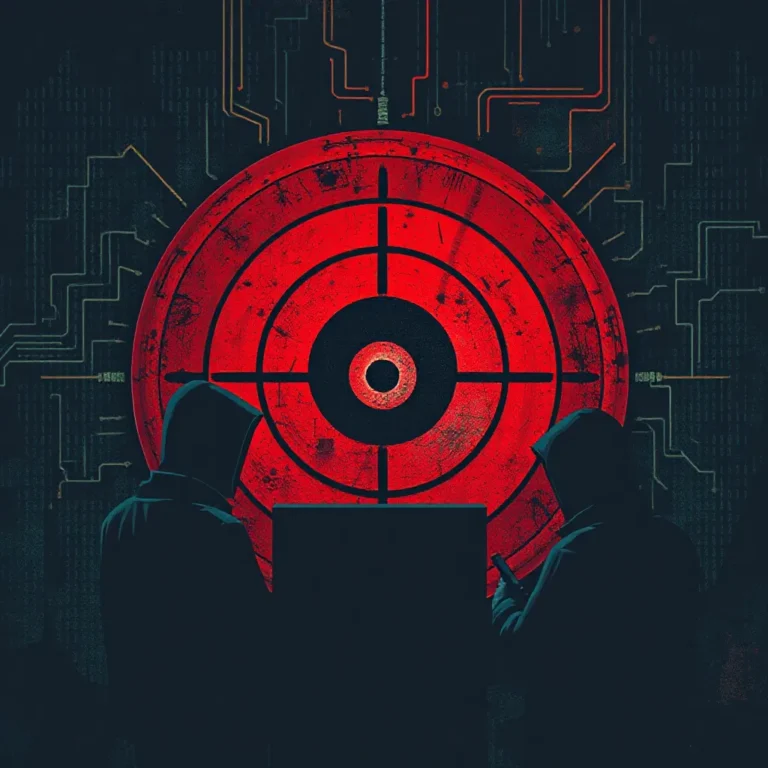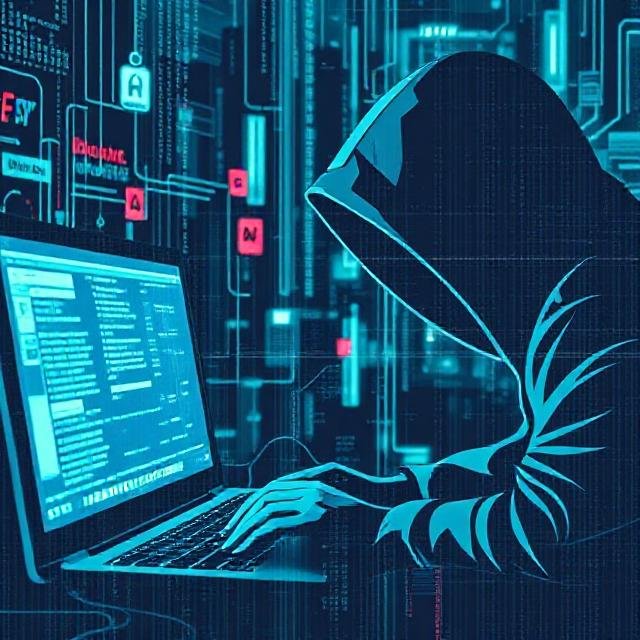Your Quick Guide to the New NIST Cybersecurity Framework 2.0

Your Quick Guide to the New NIST Cybersecurity Framework 2.0
Cyber threats are growing faster than ever — , global security incidents jumped by nearly 70% . In this environment, having a clear and adaptable cybersecurity strategy is no longer optional.
That’s where the NIST Cybersecurity Framework (CSF) 2.0 comes in. Updated in 2024, this new version builds on its predecessor with a more flexible, user-friendly approach to help organizations of all sizes better manage cyber risks.
Whether you’re a small business or a large enterprise, NIST CSF 2.0 offers a structured way to assess, improve, and communicate your cybersecurity efforts.
The Core Functions of NIST CSF 2.0
At the heart of the framework are five key functions that work together to create a full-circle approach to cybersecurity:
- Identify : Understand what assets you have, what risks they face, and how critical they are to your operations.
- Protect : Put safeguards in place — like firewalls, encryption, and access controls — to reduce the chance of an attack succeeding.
- Detect : Set up systems to quickly spot any suspicious activity or breaches as they happen.
- Respond : Have a clear action plan for when an incident occurs, including containment, investigation, and recovery steps.
- Recover : Restore normal operations after an incident and update your plans based on lessons learned.
These functions are not one-time actions — they’re continuous, overlapping processes that evolve with your organization’s needs and threat landscape.
Customizing the Framework: Profiles & Tiers
NIST CSF 2.0 introduces two tools to help organizations tailor the framework to their unique needs:
- Profiles : Help align the five core functions with your business goals, risk appetite, and current security capabilities.
- Tiers : Describe how mature your cybersecurity risk management practices are — from basic (Tier 1) to highly adaptive (Tier 4).
Together, these tools let you build a cybersecurity program that fits your size, resources, and level of exposure.
Why Use NIST CSF 2.0?
Adopting NIST CSF 2.0 brings several real-world benefits:
- Stronger Security Posture : Identify gaps and strengthen defenses across your organization.
- Lower Risk of Attacks : Proactively manage vulnerabilities before they become breaches.
- Better Compliance : Align with industry standards and regulatory requirements.
- Improved Communication : Use a common language for discussing cybersecurity across teams and departments.
- Cost Savings : Reduce the financial impact of incidents through proactive planning and response.
How to Get Started
Ready to implement NIST CSF 2.0?
Here’s how to begin:
- Understand the Framework : Review the updated CSF 2.0 guide and get familiar with its structure.
- Assess Your Current State : Evaluate your existing cybersecurity measures to find strengths and weaknesses.
- Build a Plan : Use the framework to develop a tailored cybersecurity strategy that matches your business needs.
- Get Expert Support : Work with a trusted IT or cybersecurity partner to guide implementation and training.
Take Control of Your Cybersecurity Future
NIST CSF 2.0 isn’t just a checklist — it’s a powerful tool to help you manage and reduce cyber risk in a fast-changing digital world. Whether you’re building a program from scratch or improving an existing one, this framework gives you the roadmap to move forward confidently.
Need help getting started?
We can assist with cybersecurity assessments, framework adoption, and customized protection strategies.
Contact us today to schedule your first step toward stronger security.





